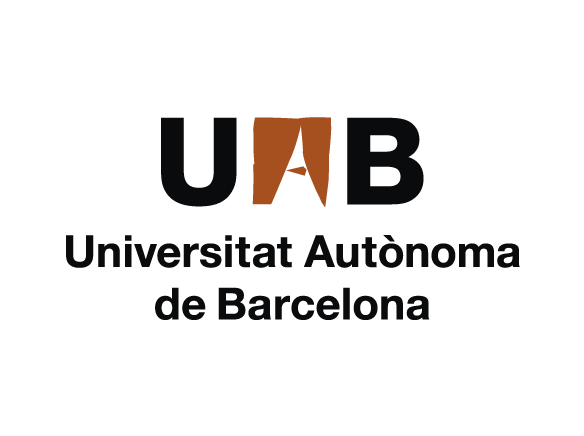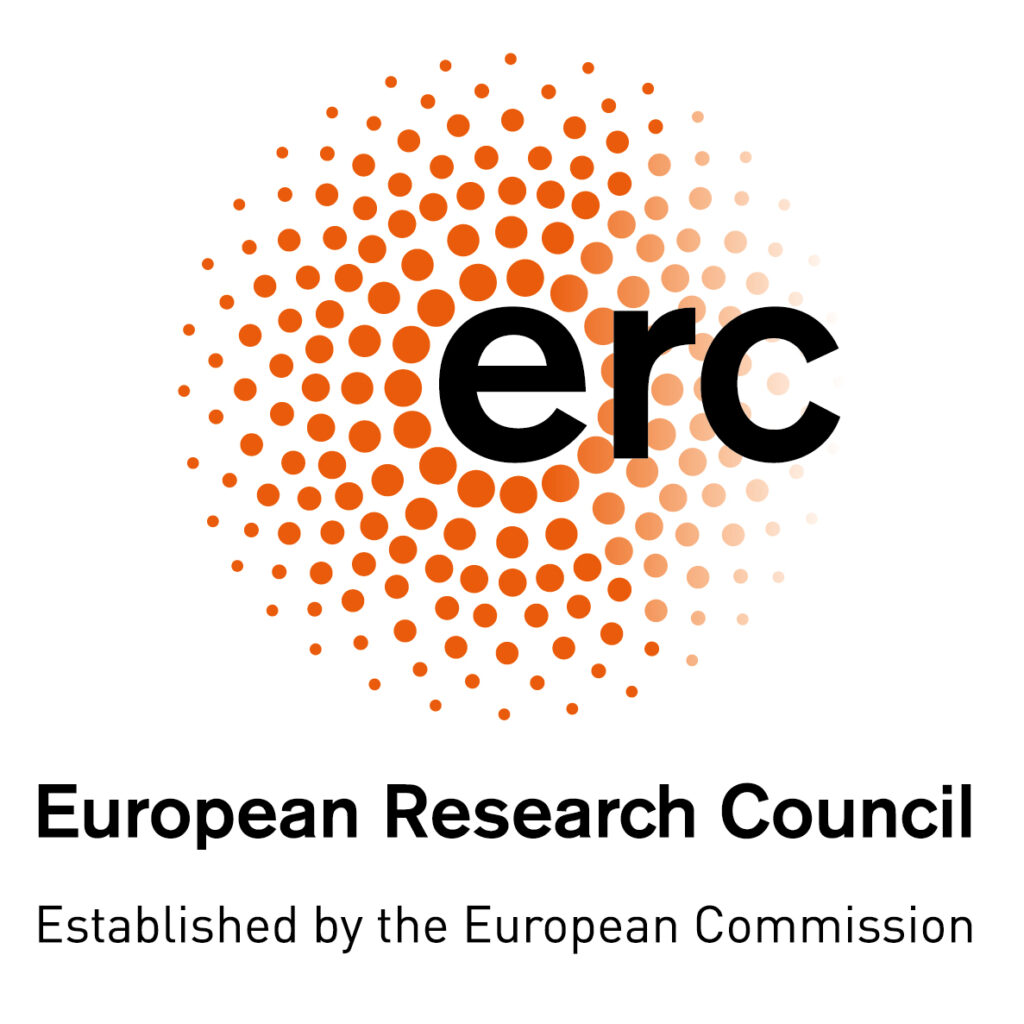About us
This project aims to solve several long standing questions in geometric analysis by combining techniques from harmonic analysis, geometric measure theory, and free boundary problems. These questions deal with harmonic measure and caloric measure, square functions and rectifiability, and some related free boundary problems. A common feature is that their study involves multiscale methods from Littlewood-Paley theory and quantitative rectifiability.
Harmonic measure is a basic tool for the solution of the Dirichlet problem for the Laplace equation. The study of this notion is an old question which goes back to the 1910's, at least. Recently there have been some striking advances on this topic, in part motivated by the deeper understanding of the connection between Riesz transforms and rectifiability. However, there are still related open compelling questions that this project aims to explore. The main one consists of finding a sharp bound for the Hausdorff dimension of harmonic measure. Other challenging questions arise in the parabolic setting, where the connection between the caloric measure associated with the heat equation and parabolic rectifiability is not well understood. Also, the study of the Lipschitz removability for the heat equation is more difficult than in the case of the Laplace equation.
Another exciting topic that will be studied by this project deals with the relationship between rectifiability, square functions, and some free boundary problems. An important question concerns the characterization of the L^2 boundedness of Riesz transforms in terms of the Jones-Wolff potential, essential to understand the behavior of Lipschitz harmonic capacity under bilipschitz maps. Square functions, techniques of quantitative rectifiability, and monotonicity formulas from free boundary problems also appear in the study of the blowups of the singular set in the two phase problem for harmonic measure and in problems of unique continuation at the boundary.



